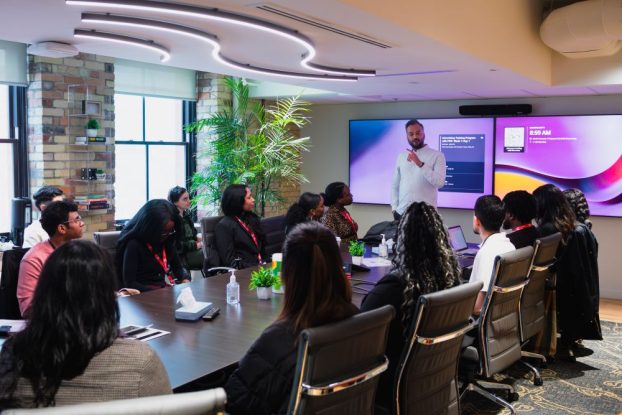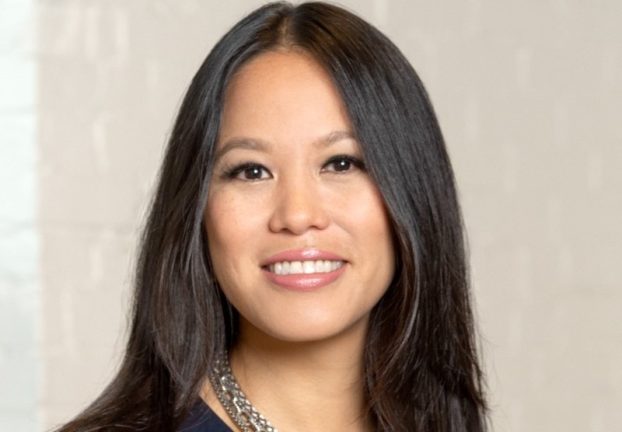Liz Poyser is executive vice-president of Angus Reid Group, with offices in Toronto, Vancouver, New York and San Francisco.
They call me ‘The Assassin’. OK, not the Lee-Harvey-Oswald-John-Hinkley-Jr.-Sirhan-Sirhan-weird-guy-in-Her-Majesty’s-bedchamber kind of assassin. But all the same, I’ve been told I’m twice as crazy and three times as dangerous. Why? Because I target and snuff out creative genius.
And not just any old run-of-the-mill Einstein-Voltaire-Mozart-Shakespeare-Galileo-Banting-and-Best kind of creative genius either – no, no, no. I have it in for the creative geniuses who dream up ways to make your brand a household name.
I’m Liz. I test creative. I ask consumers their opinions of soap commercials. I show them slogans and storyboards. I get them to build wiener cities, and I listen to them react to ideas. I can’t help it. I am a focus group moderator – have been for over 18 years.
It gets worse – and here’s the root of my rep. Sometimes, people just don’t understand the creative director’s ‘vision’. Sometimes they are resolutely unimpressed. They look and they listen all right – then they sit there like a bowl of day-old porridge. Other times they think – yes, even the great unwashed sometimes think – the stuff I’m showing them is just plain dumb.
So what do I do? I report their responses like a major league umpire – I call it like I see it. There’s no value to the exercise if I soft-soap the million-dollar truth for the sake of a few overly sensitive egos.
More often than not, the owners of those egos rush out of the room like coaches from the dugout, all outrage and heat and lather and sputter and flying arms and feet. And what does all their sound and fury amount to? Just this:
‘When you test our creative, you shouldn’t talk to consumers, because:
1. They criticize us too much;
2. They don’t have the skills to imagine how ideas, concepts, or storyboards will work in real life;
3. Some of them are big mouths, and they just try to impress the group by being critical; or
4. They are not ‘fit’ to figure out how consumers will react to creative genius.’
In most cases, the client couldn’t care less whether the work being evaluated is evidence of creative genius – what he really wants to know is ‘Will it work?’
If the goal of a successful commercial is to affect public perceptions, attitudes or behaviour, measuring the relative worth of the creative surely means assessing the effect it is likely to have on the perceptions of the public. The well thought out, well-recruited focus group engages members of the public not to trash genius, but to sort genius from trash.
Sure, focus group participants can be highly critical of the work before them, sometimes venting strong opinions. But consider it from the respondent’s perspective: In the real world, consumers are given precious little real choice other than whether or not to buy. Give consumers an opening to ‘have their say’ and you’ll find there’s a lot of pent-up say waiting to be had.
It’s true that some respondents are better able than others to detach from the detail and focus on the concept. Testing storyboards, even in animatic format, is particularly challenging. Having said that, if the client wants to test creative at the storyboard stage in order to determine which campaign to air, it’s the moderator’s job to guide the discussion in such a way that constructive criticism outweighs the nit-picking.
(It’s not always possible. I will never forget the night we accidentally recruited not one, not two, but three over-the-top conspiracy theorists for a focus group on newspaper content. After only 45 minutes it was a lost cause, so we put the whole effort out of its misery and sent everyone home.)
To take back the agenda from those bellicose boors who try to hijack the process, I suggest:
1. Randomly recruit respondents to attend an in-person interview at a central location. When they arrive, have each person look at the ads and fill out an advertising assessment questionnaire. In this way, you capture individual impressions, rather than group-think.
2. If you haven’t the time or the budget to conduct in-person interviews, modify the technique and use it in focus groups. Respondents watch the ads in silence and record their impressions on a short questionnaire. As the discussion unfolds, the moderator asks the respondents to refer to their notes. This keeps people honest.
I think what really bugs creative folk about focus groups is hidden in their last complaint – that their work is being evaluated by people who are not their intellectual peers. Bluntly, they think consumers haven’t the wherewithal to judge creativity in this industry.
Well, they might not be qualified to comment on a creative strategy, but focus group respondents are certainly able tell the client what the creative director does not and cannot know, which is: whether or not the ad delivers its intended message.
Are they the brightest lights in the constellation? Maybe not, but that’s hardly the point. You don’t have to be the best architect since Frank Lloyd Wright to judge whether the sweeping glass roof of the Vancouver Law Courts represents genius. All you have to do is wander around inside on an average November day and watch for leaks. Anyone – even a creative director – has the wit to make that call. Only don’t carry an umbrella – you’ll risk being mistaken for an assassin. u
Liz Poyser can be reached at (604) 893-1607 or lpoyser@angus reid.ca.























